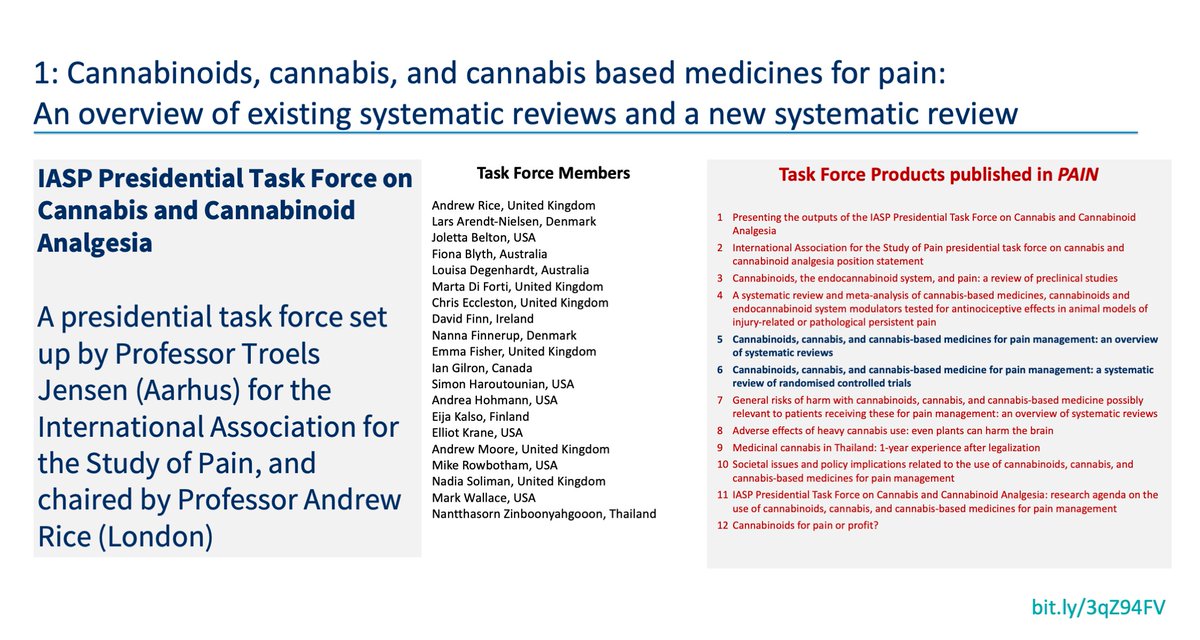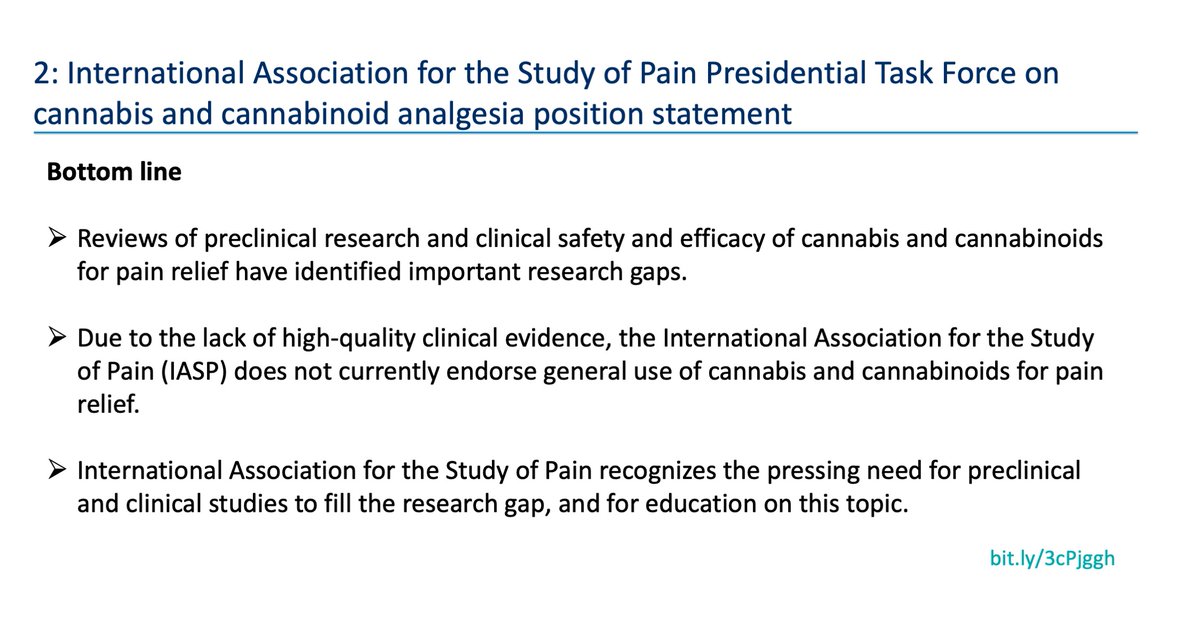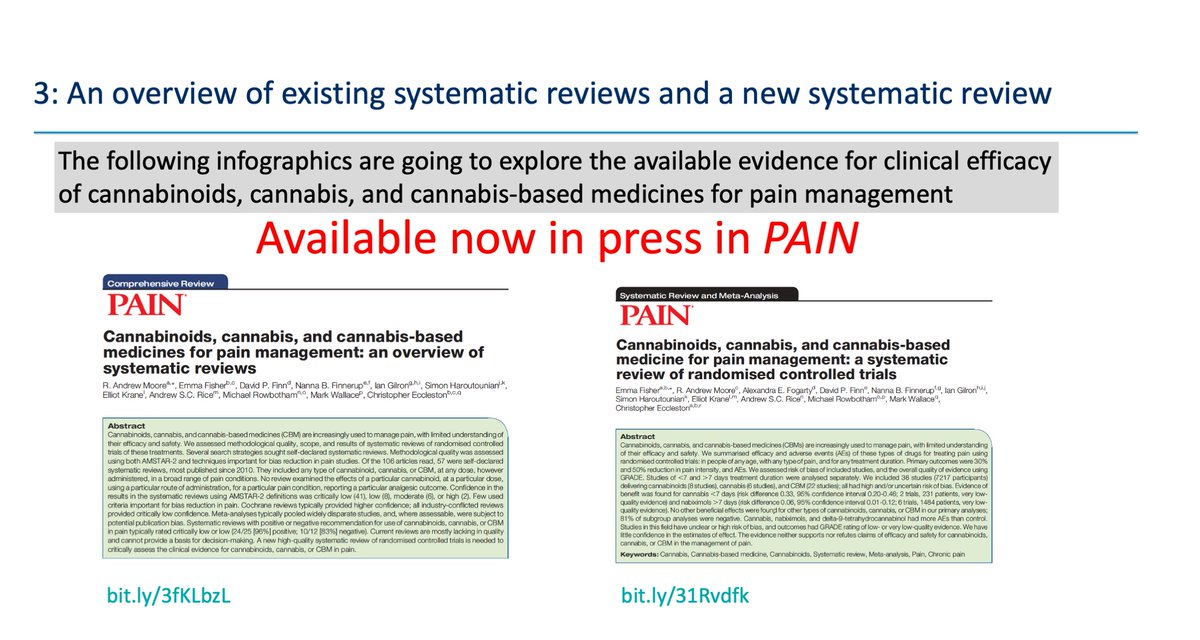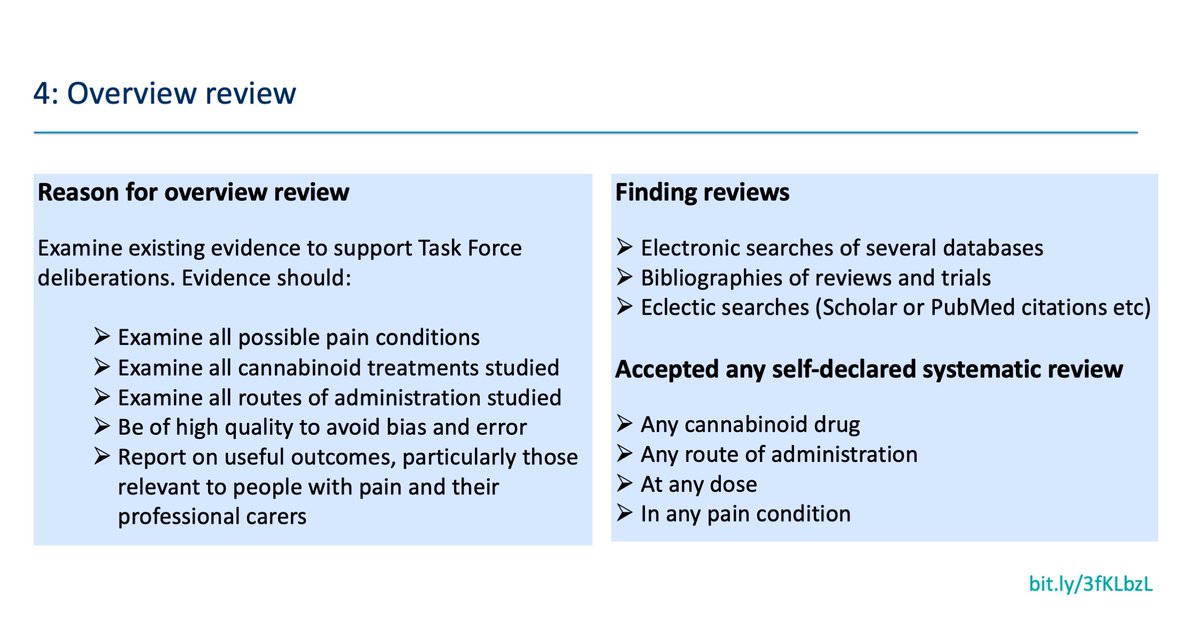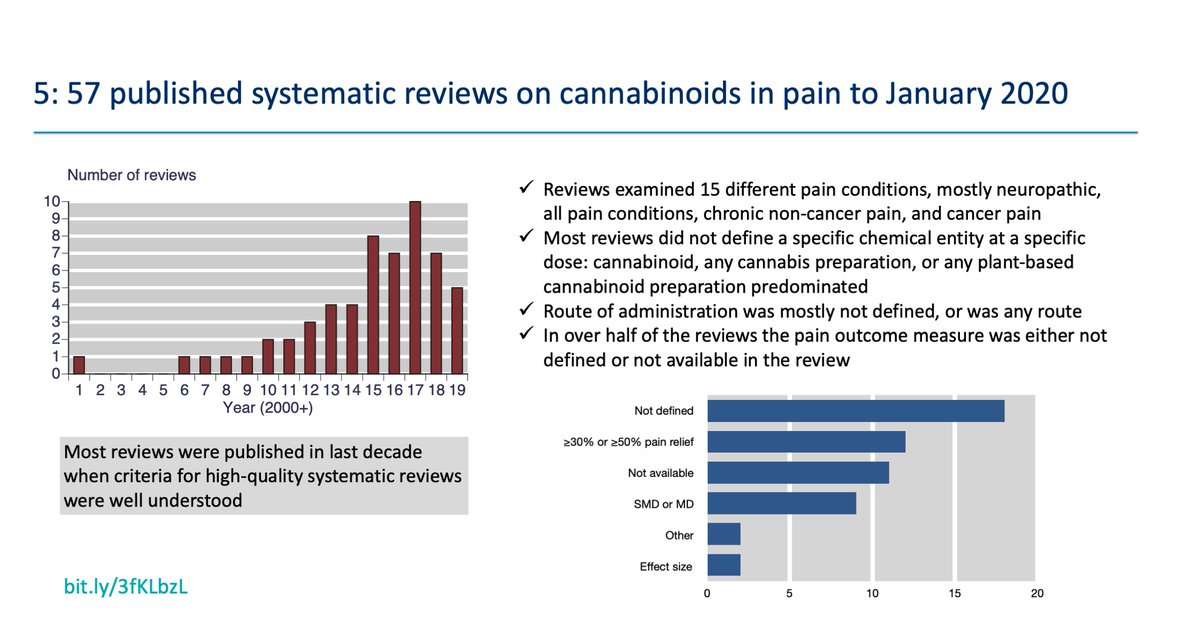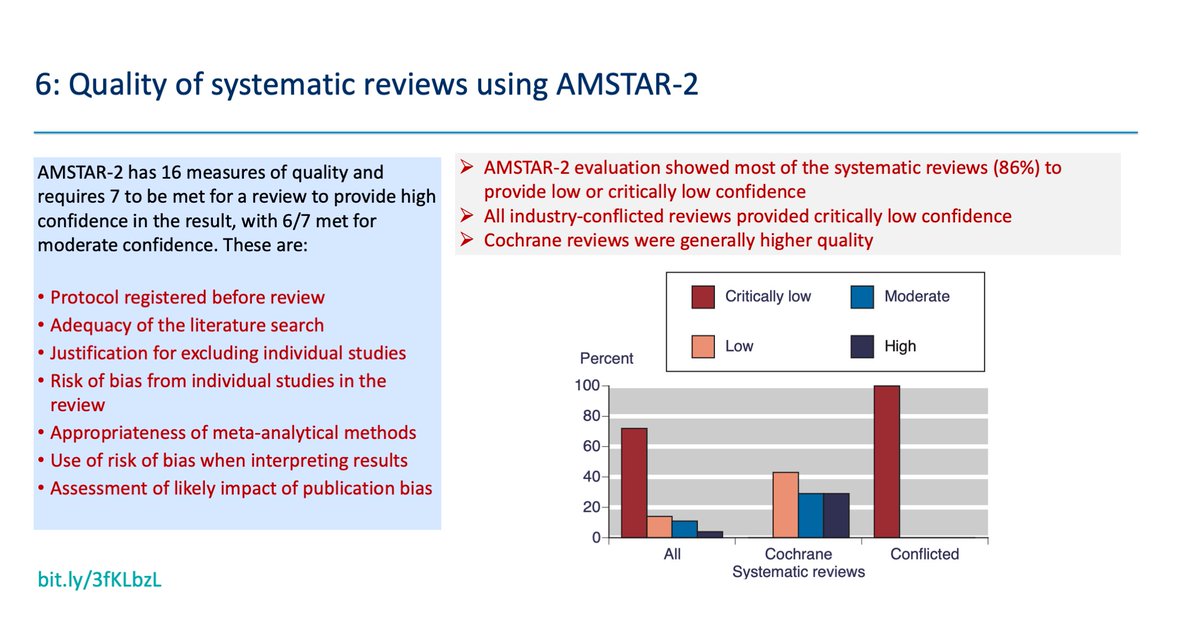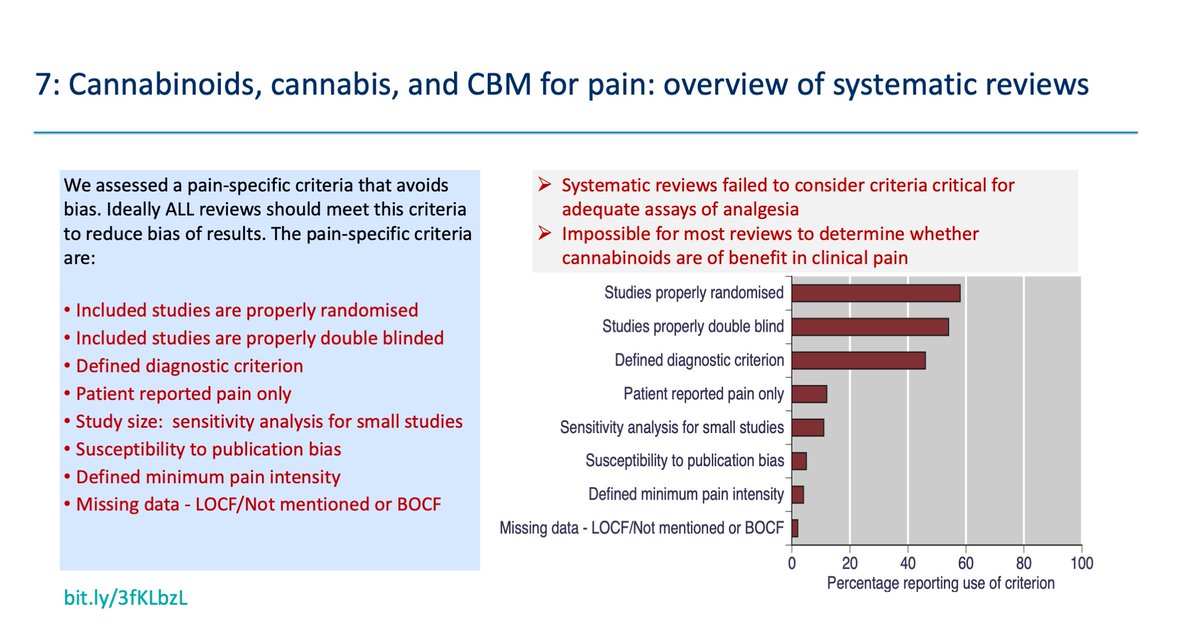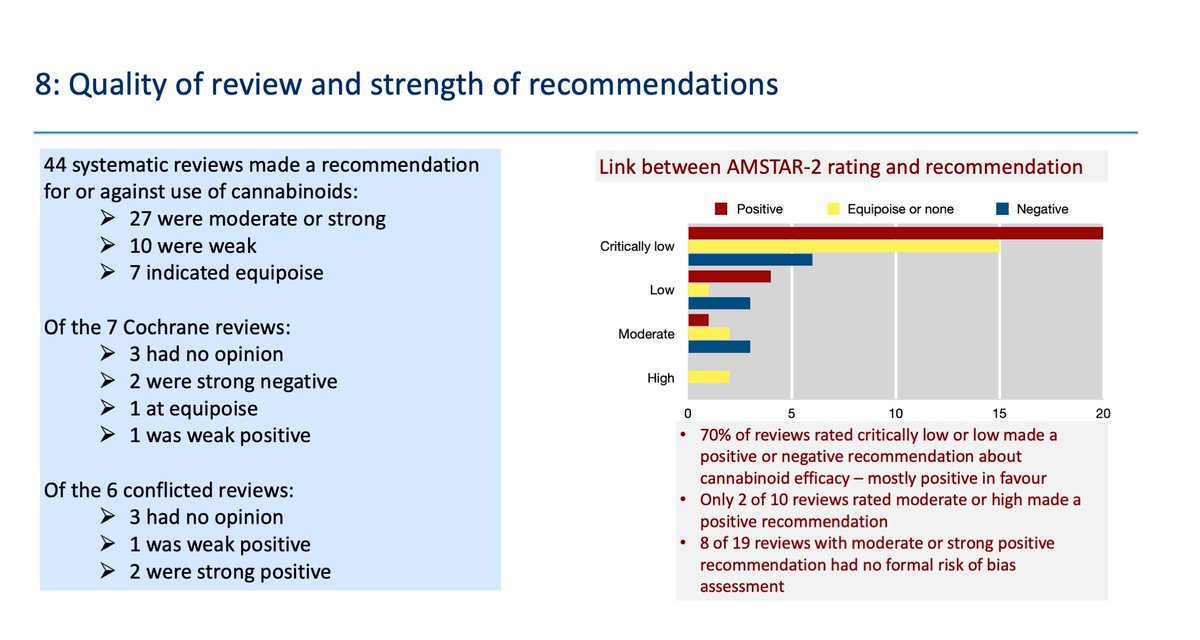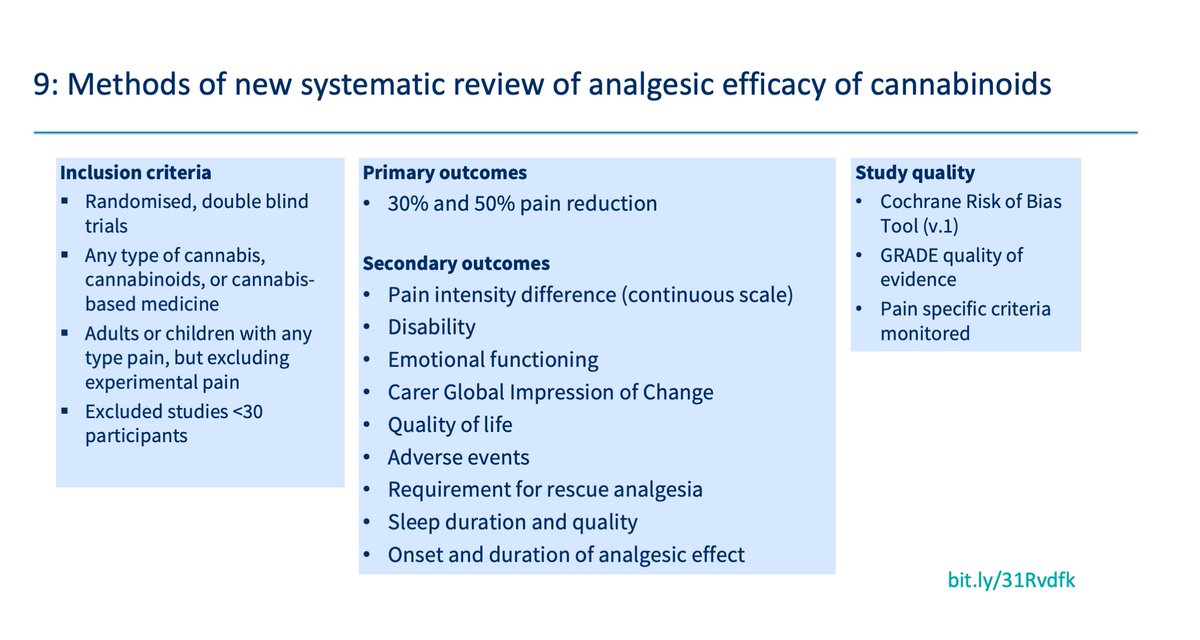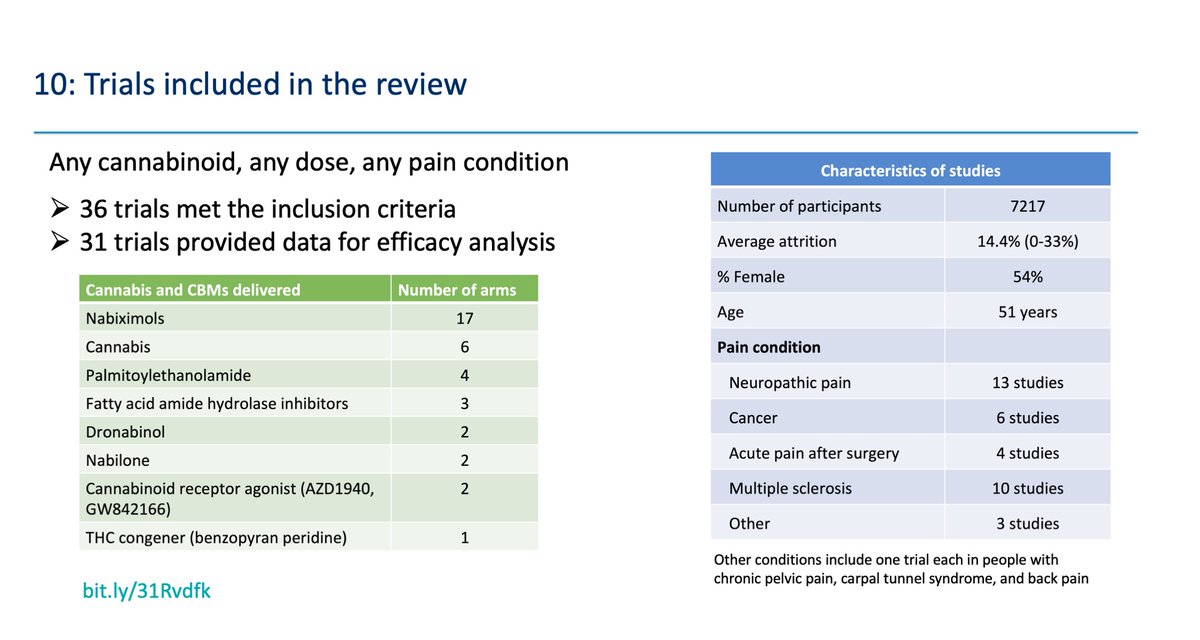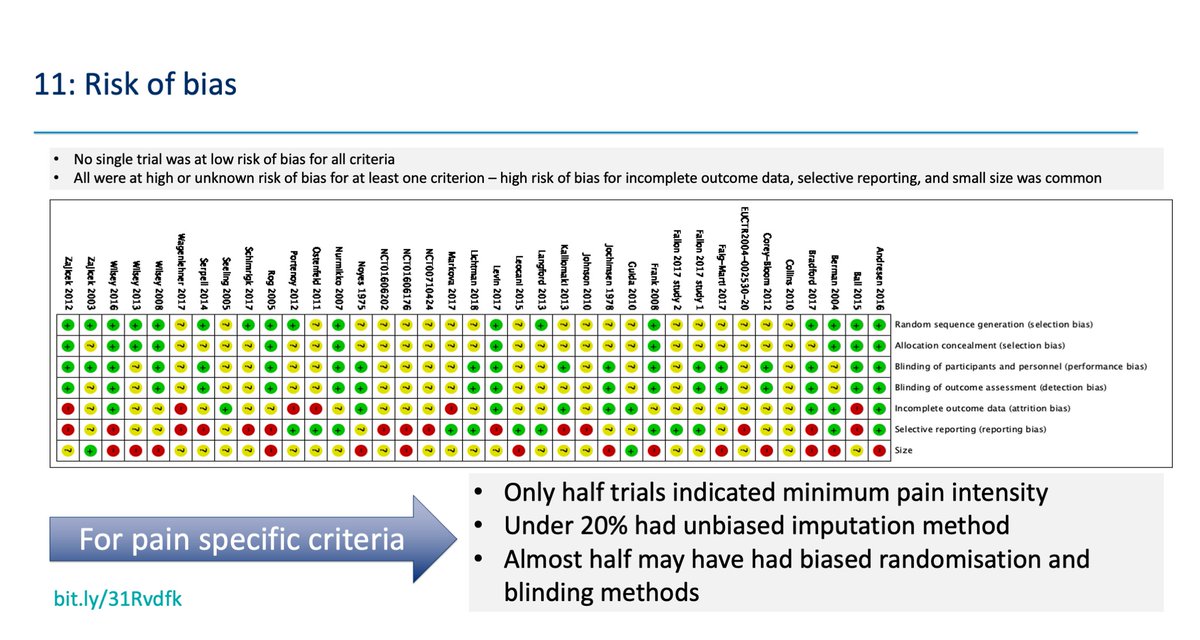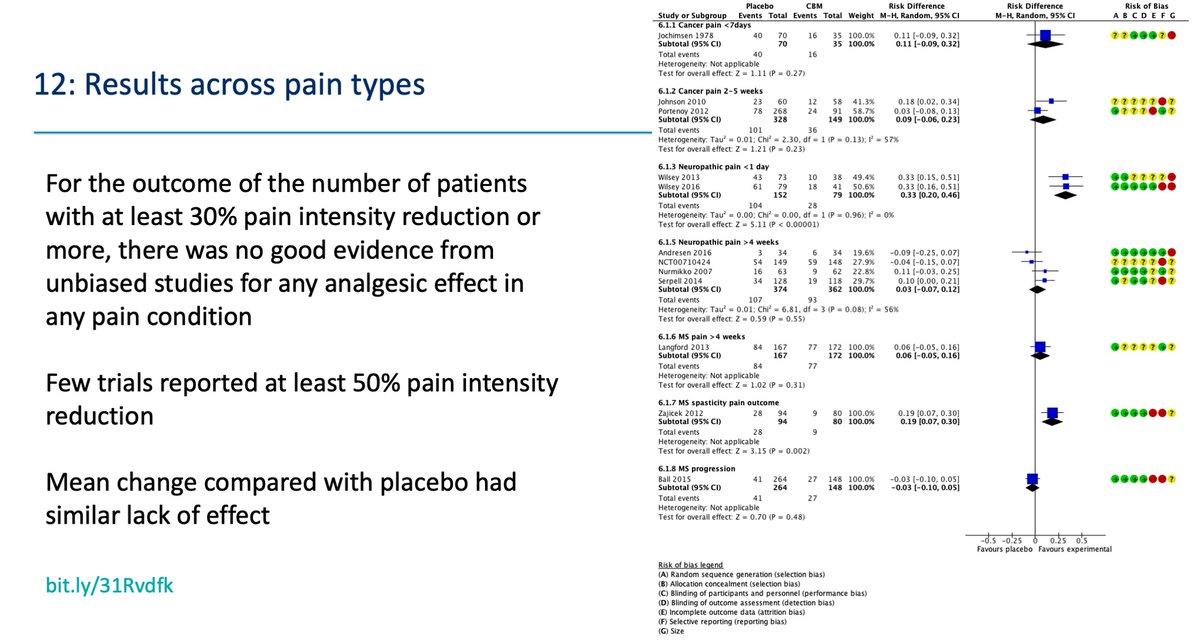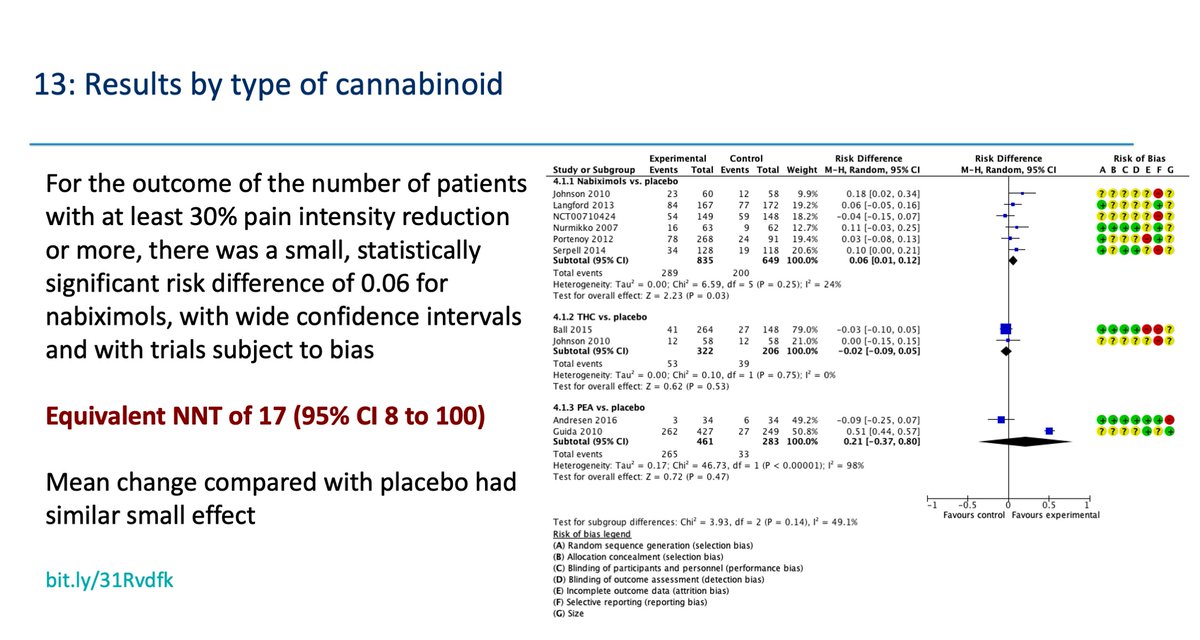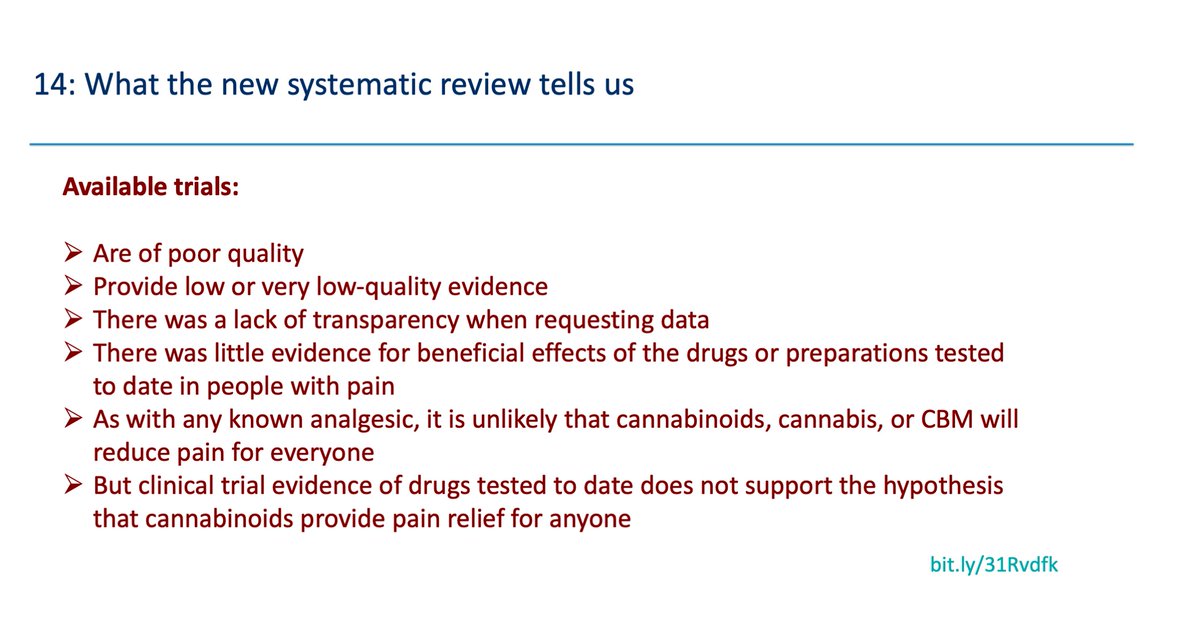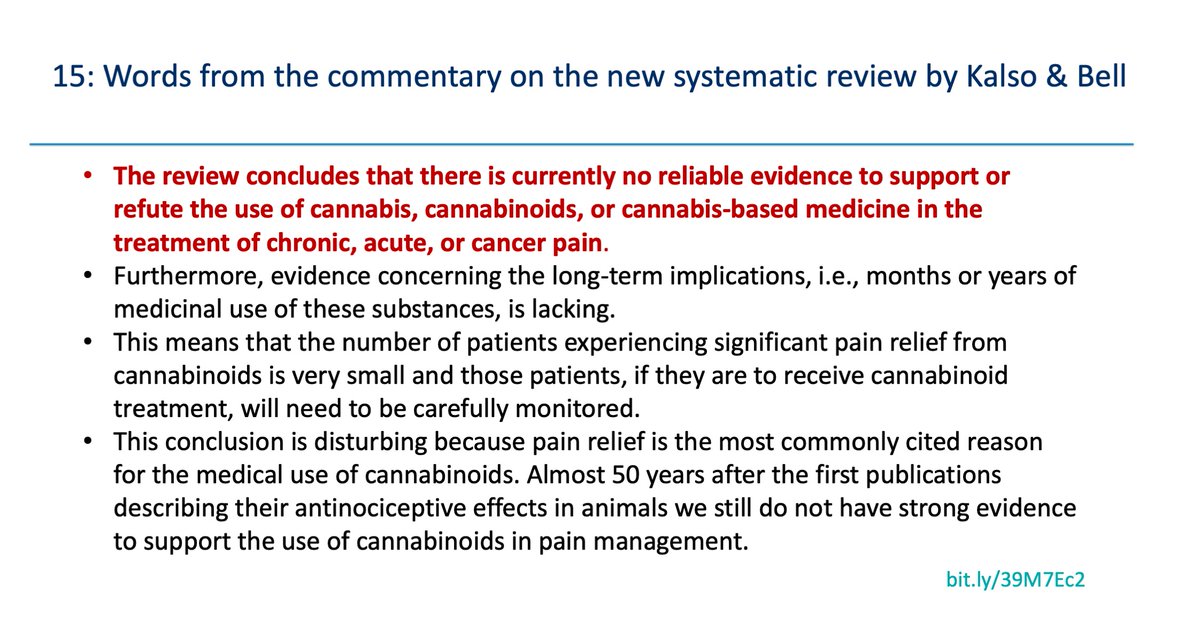Thread about clinical evidence on efficacy in the IASP Presidential Task Force on Cannabis and Cannabinoid Analgesia ( http://bit.ly/3qZ94FV ).">https://bit.ly/3qZ94FV&q... Fifteen slides starting with the Task Force composition and contents. Delighted to have been involved
This is the position statement on cannabis and cannabinoid analgesia from the International Association for the Study of Pain (IASP)( http://bit.ly/3cPjggh ).">https://bit.ly/3cPjggh&q... It& #39;s authoritative and based on a wide examination of evidence by some really good people
There are two products relating to clinical efficacy of drugs to date: an overview review of 57 systematic reviews ( http://bit.ly/3fKLbzL )">https://bit.ly/3fKLbzL&q... and a new systematic review of 36 RCTs ( http://bit.ly/31Rvdfk ).">https://bit.ly/31Rvdfk&q... Yep - more reviews than randomised trials. Go figure, as they say
The overview review ( http://bit.ly/3fKLbzL )">https://bit.ly/3fKLbzL&q... tried to be as open as possible - any cannabinoid, any route, any condition, and any self-declared systematic review.
Most reviews were recent and published in last decade. Few reviews defined an outcome it considered important. More detail in the overview ( http://bit.ly/3fKLbzL )">https://bit.ly/3fKLbzL&q...
Overview ( http://bit.ly/3fKLbzL )">https://bit.ly/3fKLbzL&q... used AMSTAR-2 as one judge of generic quality. Most (86%) provided critically low or low confidence including all industry. Cochrane generally higher
Overview also applied criteria to avoid known sources of bias in pain trials ( http://bit.ly/3fKLbzL ).">https://bit.ly/3fKLbzL&q... Impossible for most of these systematic reviews to determine whether cannabinoids are helpful for pain or not. It& #39;s dire
The overview ( http://bit.ly/3fKLbzL )">https://bit.ly/3fKLbzL&q... showed considerable link between low methodological quality and claims that cannabinoids had analgesic properties. Stringent examination of risk of bias was associated with equipoise or negative assessment
Poor extant systematic reviews was the reason for commissioning a new systematic review using state of art methods for pain ( http://bit.ly/31Rvdfk ).">https://bit.ly/31Rvdfk&q... Again, broad inclusion criteria, with exclusion of small studies (dealt with in supplementary file - no consistent benefit).
New systematic review ( http://bit.ly/31Rvdfk )">https://bit.ly/31Rvdfk&q... found 36 randomised trials, covering a range of cannabinoids and pain conditions
The new systematic review used Cochrane risk of bias 1 ( http://bit.ly/31Rvdfk ).">https://bit.ly/31Rvdfk&q... Most trials had one or more high risks of bias, or unknown risk of bias. Supplementary files shows failure of around half in critical issues for pain trials
These show the man results for ≥30% pain intensity reduction ( http://bit.ly/31Rvdfk )">https://bit.ly/31Rvdfk&q... by pain condition. Little evidence of any important effect. Supplementary files (70+ pages) provide a rich source of additional analyses with broadly similar outcomes
The review ( http://bit.ly/31Rvdfk )">https://bit.ly/31Rvdfk&q... also analysed by type of cannabinoid. There was a small statistical benefit for naboximols, but in trials with some high risks of bias. The confidence interval was large and result came close to not being statistically significant
The systematic review ( http://bit.ly/31Rvdfk )">https://bit.ly/31Rvdfk&q... conclusions made for pretty depressing reading
The best sign off from this thread was a masterly commentary from Eija Kalso and Rae Bell ( http://bit.ly/39M7Ec2 ).">https://bit.ly/39M7Ec2&q...

 Read on Twitter
Read on Twitter